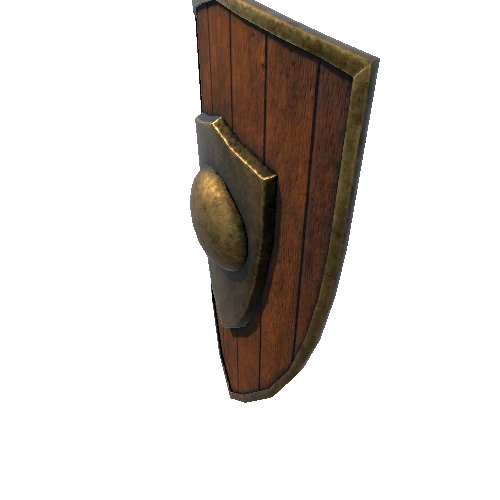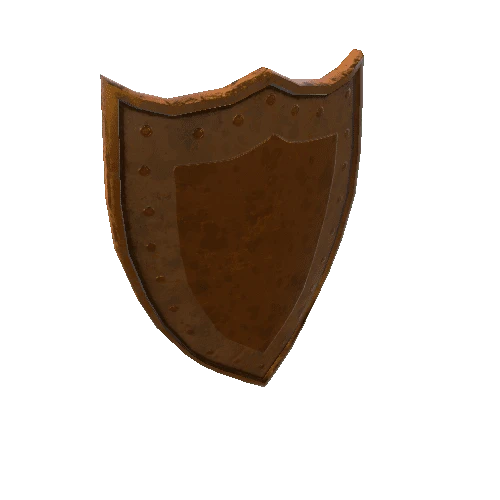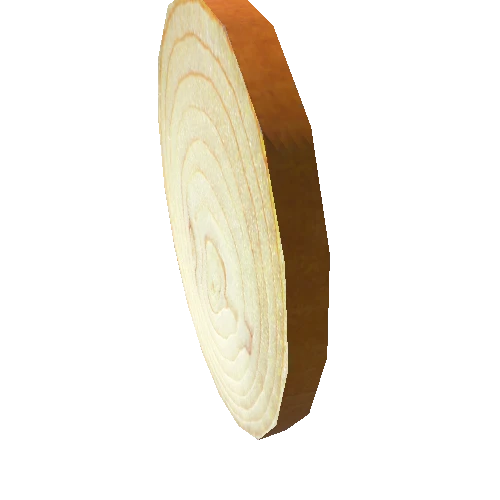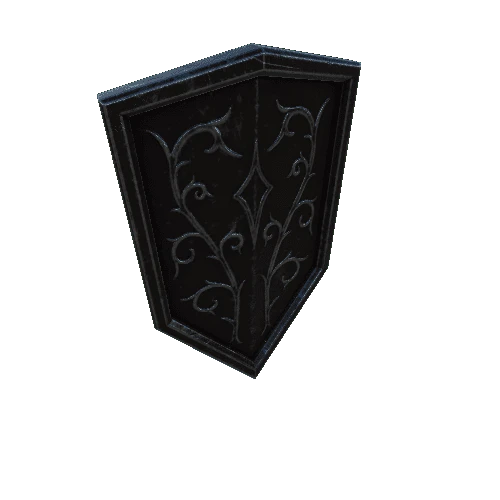Select or drop a image or 3D model here to search.
We support JPG, JPEG, PNG, GIF, WEBP, GLB, OBJ, STL, FBX. More formats will be added in the future.
Asset Overview
This plate was found in the 2015 excavations of the Admin/Gunson site. The large amount of artifacts found is likely associated with refuse from renovations to Prof. Thomas Gunson’s nearby house in the 1920s.
A partial maker’s mark on the base shows it was produced by the Homer Laughlin China Co., one of the largest ceramic producers, best known for creating the popular “Fiestaware” design. The maker’s mark and the gold floral (violets?) motif indicate the design is “The Angelus”, made from ca. 1905-1916. The plate's size implies it is a bread and butter plate.
This aligns with archival data that Gunson was a popular professor who hosted fancy dinner parties for students and alumni. This highly decorative bread and butter plate would have likely been used for such occasions, rather than for everyday use. The presence of this plate in the rubble suggests it was likely broken and discarded, or possibly out of vogue at the time of the renovations!
Model made by Jack A. Biggs with the Artec Space Spider.



















